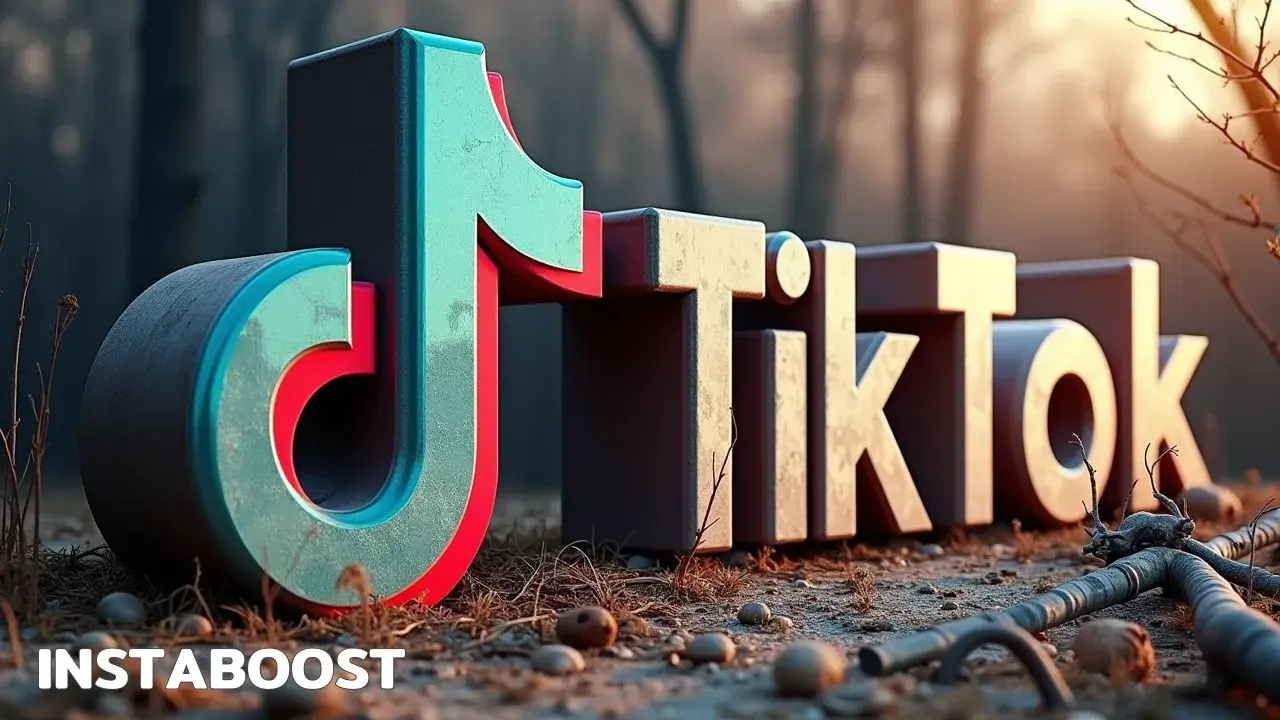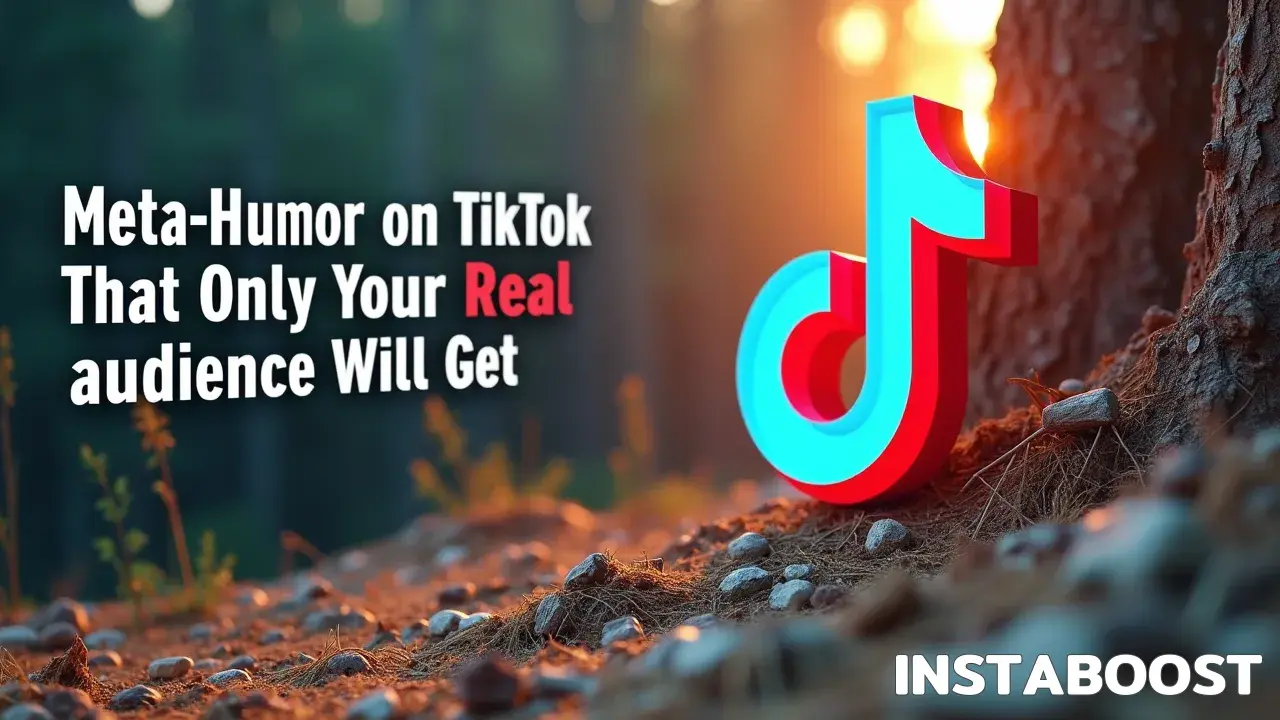How Does Meta-Humor on TikTok Reward Real Audiences?
Meta-humor on TikTok strengthens bonds by referencing shared history, in-jokes, and recurring bits that loyal viewers recognize. It thrives when creators layer callbacks and self-aware riffs that build on prior content, inviting audiences into the joke. Overuse or vague references can feel exclusionary, but clear patterns and consistent motifs keep it engaging. The smart path is to iterate familiar signals, track responses, and deepen the thread where recognition is strongest.
Inside Jokes, Infinite Loops: The Secret Language of Meta-Humor on TikTok
Meta-humor on TikTok feels a lot like sitting among friends who reference experiences you’ve shared – if you’ve been around, things click into place. It’s less about one-off jokes and more about building up a set of symbols and callbacks between creators and the people who stick with them.
You start to see certain phrases or odd images pop up over and over, like someone mentioning “the forbidden soup” out of nowhere, or using the same strange sound in different videos. If you haven’t been following along, all of this can seem random, even a little alienating.
You start to see certain phrases or odd images pop up over and over, like someone mentioning “the forbidden soup” out of nowhere, or using the same strange sound in different videos. If you haven’t been following along, all of this can seem random, even a little alienating.
But for people who’ve been paying attention, these running jokes end up as little markers that say, “you belong here.” That’s changed how people interact, too – comments end up full of people adding on to the joke, not just reacting with a laugh, and even hitting like feels more like a way of signaling, “I see what you’re doing.”
Sometimes you even see folks searching up explanations for these references, hoping to catch up so they don’t feel left out. For creators, leaning into this kind of humor helps them figure out who’s really paying attention; it can even make you reconsider how you shape your presence and plan your TikTok growth smart. And when some of the references are kept a bit obscure, it draws the regulars closer, making the whole thing feel more personal – like something you have to be there for, otherwise it just doesn’t land in the same way.
Sometimes you even see folks searching up explanations for these references, hoping to catch up so they don’t feel left out. For creators, leaning into this kind of humor helps them figure out who’s really paying attention; it can even make you reconsider how you shape your presence and plan your TikTok growth smart. And when some of the references are kept a bit obscure, it draws the regulars closer, making the whole thing feel more personal – like something you have to be there for, otherwise it just doesn’t land in the same way.

Street Cred: Why Meta-Humor Isn’t for Everyone (and That’s the Point)
For a while, I kept chasing ways to make everything more efficient – always searching for the best shortcut or a smarter system. Eventually, though, I noticed that not everything has to be optimized. Watching TikTok’s meta-humor, I first thought the goal was to make jokes that would land with everyone and pull in a ton of likes.
But that’s not really what happens. The videos that last, the jokes people actually talk about, are usually for the folks who’ve been there a while. It feels more like an inside joke among friends – if you haven’t been part of it, it doesn’t really make sense. The callbacks and odd references aren’t just random; people include them for the viewers who’ve stuck around, left comments, or keep coming back. It’s a way of noticing each other. Even when a video suddenly gets a lot of views, most people won’t really get why it’s funny. In a place where a lot of people want bigger numbers – some even look for ways to buy followers for TikTok – there’s something different about having a small group who actually pays attention, who understands, who’s waiting for whatever you do next.
Turning Inside Jokes Into Strategy: Building a Real Audience With Meta-Humor
Good-looking videos alone don’t matter much if they aren’t connecting with anyone. On TikTok, the kind of meta-humor that actually lands isn’t about cramming in references or loading up on inside jokes just because you can. It’s more about reaching the people who will actually get it and care about what you’re doing. The difference between a clip that goes viral once and a creator whose work keeps people coming back usually comes down to being deliberate. The creators who last don’t toss out random jokes hoping for attention; they drop hints and details that their regular viewers will notice.
They use the platform’s features in specific ways – maybe mixing in a certain audio, pinning comments, or layering something in with a green screen effect – so people who are really watching can spot it, while everyone else might miss it. Over time, this starts to create a kind of shared language with the audience: the regulars feel like they’re in on something. It isn’t about trying to reach everyone; it’s about making things that matter to the right people, which actually makes the work better for those who stay. TikTok’s algorithm is always pushing for more engagement, but some creators decide to stick with what makes sense for them and their community, even if it doesn’t mean the biggest numbers.
Instead of making videos that could be for anyone, they build on familiar jokes, callbacks, and hidden references, so the people who follow them closely feel noticed – and that gets real conversations going in the comments, too. If you care about having an actual community instead of just chasing view counts, it’s pretty much the only way forward now. Even companies like INSTABOOST seem to understand that lasting growth on TikTok comes from putting your real audience first, and not losing sight of what they’re there for – which probably matters more than any attempt to optimize your TikTok content in the usual sense.
When Meta-Humor Misses: Why Not Every Joke Lands
Meta-humor on TikTok seems appealing at first, like you’re letting people in on a joke together, but it doesn’t always land the way you might expect. A lot of the time, people scrolling through their feed aren’t going to pause if your joke needs background knowledge or some kind of explanation. These jokes rely a lot on context, which means if someone hasn’t been following the trend or doesn’t already know the reference, they’re probably not going to connect with what you’re doing. Even creators who put a lot of thought into their videos run into this wall.
They want to make things that feel close-knit and familiar, but at the same time they need to reach outside their circle if they want to find new viewers. So their videos can start to feel like inside jokes at a party, where half the people don’t know what’s going on. If you’ve ever tried to jump into an ongoing meme or group on TikTok, you probably know how easy it is to feel like you’re missing something – those comment sections and layered jokes can feel closed off if you’re not already part of it. That’s not a mistake; it’s sort of how things work when people build connections online. It’s probably why some creators end up looking for ways to push views on your TikTok videos and reach more people, even if the content stays niche.
So when people talk about meta-humor being super shareable and instantly viral, they tend to skip the part where most viewers won’t get the joke and will just move on. Still, when people do stick around and follow along, it usually means they actually get what you’re trying to do. The group might be smaller, but it often ends up being more invested, which can be worth more than reaching a huge crowd that doesn’t really care.
Beyond the Loop: Turning Meta-Humor Into Real Connection
After you land that perfect meta-humor joke on TikTok, what really matters is what you do next. It’s easy to get caught up in chasing the next quick laugh or clever callback, but the real difference shows in what follows. The people who end up with something lasting are usually the ones who turn those jokes into a starting point for a conversation. Instead of tossing out a single punchline and moving on, they create a space where followers feel invited to react and build on what’s there. You see it when someone takes your sound and uses it for their own video, or when a random comment threads into an inside joke that only regulars pick up on.
Sometimes, people will put your joke in their bio, or twist your idea into something that makes sense for their world, and it’s actually those little shifts that can boost your TikTok content reach without you even trying. When that starts happening, it’s less about the original joke and more about the shared space that forms around it. TikTok’s algorithm seems to pay attention to that kind of back-and-forth, too – it tends to keep the conversation going instead of letting it fade out.
And before you know it, your page is full of these small, familiar signals that mean something to the people who stick around. So the next time you think up a meta-humor bit, it might be worth looking past the first round of laughs and noticing what sort of connection it could make, or what it might set in motion without you really planning for it.
Meta-Humor’s Secret Ingredient: The Audience That Builds With You
Meta-humor on TikTok isn’t really about tossing out clever references or relying on private jokes – it has more to do with how creators and viewers end up building something together over time. The jokes that stick around usually aren’t just funny on their own; they grow through the back-and-forth in the comments, the running gags, or even in small arguments when someone pushes back. Often, the best parts of a joke come from something someone said below the video or a reference that only people who’ve been following along will catch. It starts to feel less like one person performing and more like a group project, where anyone watching can shape how things unfold.
When these jokes take off, you get these little communities in the comments – people who come back, not just for the joke, but because they feel like they’re actually a part of it. For people making videos, this is a different way of thinking. It’s not about chasing huge numbers, but paying attention to these smaller groups where inside jokes actually matter.
Even brands like INSTABOOST sometimes find a place here, not by simply increasing numbers, but by helping creators focus on building real engagement – the kind you see among regular viewers or with something like an engagement bundle for TikTok, where the emphasis shifts more toward community than pure reach. In the end, it seems like what keeps meta-humor going on TikTok isn’t just being clever; it’s about making a space where people want to stick around because it feels like theirs, in some small way.















